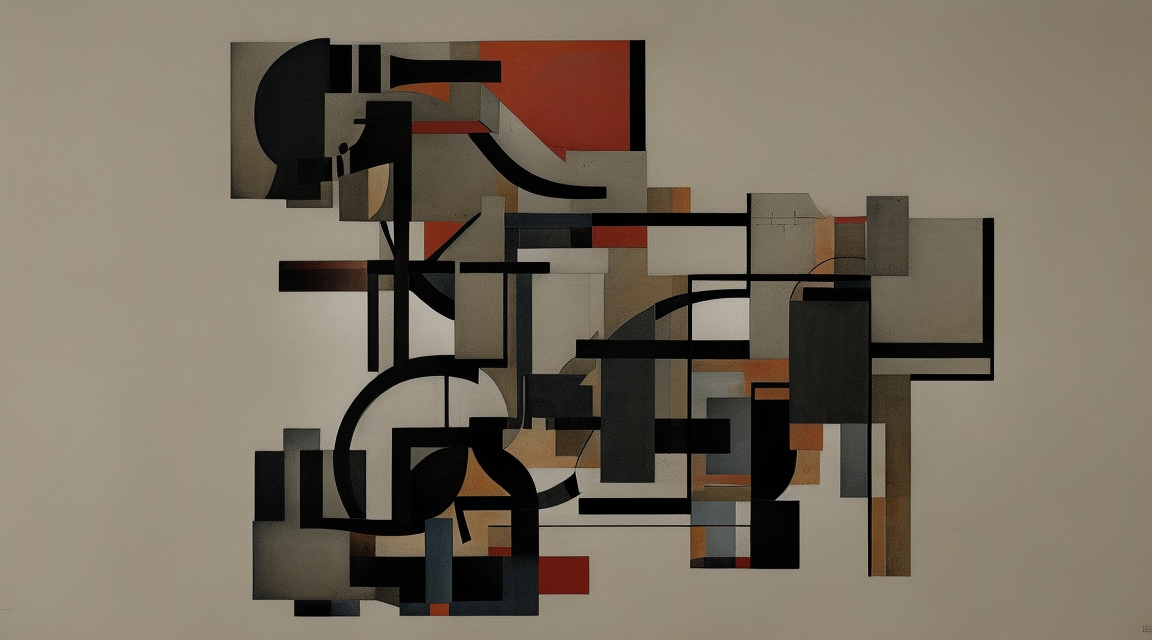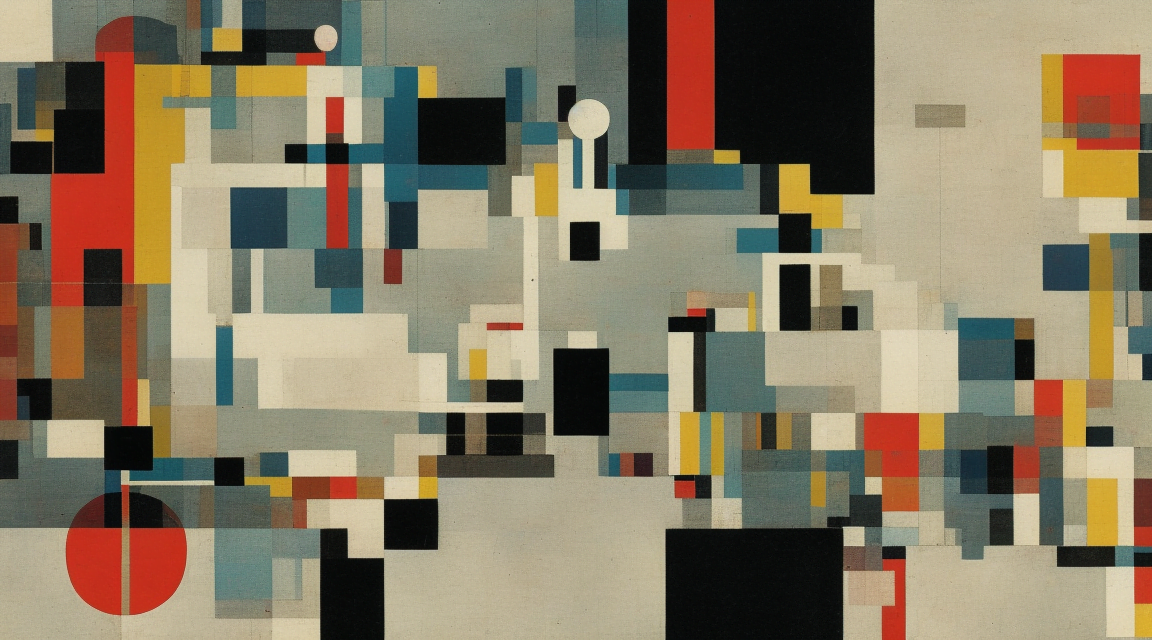The Bauhaus art movement, originating in Germany during the early 20th century, has left a profound impact on modern design. Its innovative approach and distinctive principles continue to influence various artistic disciplines, from architecture to interior design. In this article, we will delve into the origins of the Bauhaus movement, its key principles, the use of innovative materials and technologies, its impact on architecture, and its lasting legacy.
Origins of the Bauhaus Movement

The Bauhaus movement was founded in 1919 by architect Walter Gropius in the city of Weimar, Germany. It aimed to unite art, craft, and technology, with the goal of creating a new form of design that combined aesthetics with functionality. The movement was a response to the changing social and political landscape of the time, as well as the need for a new approach to design in the aftermath of World War I.
Principles of Bauhaus Design

At the heart of the Bauhaus movement were several fundamental principles that shaped its approach to design. These principles included the integration of art and technology, the emphasis on functionality, and the rejection of ornamentation for its own sake. Bauhaus artists believed in the idea of “form follows function,” meaning that the design of an object should be determined by its intended use.
Another key principle of Bauhaus design was the idea of simplicity and minimalism. Clean lines, geometric shapes, and a focus on the essentials were all characteristic of Bauhaus design. This minimalist approach can still be seen in modern furniture design, where simple and sleek lines take precedence over intricate detailing.
Innovative Materials and Technologies

The Bauhaus movement also embraced the use of innovative materials and technologies in its designs. Artists and architects at the Bauhaus experimented with new materials such as steel, glass, and concrete, which were seen as emblematic of the modern era. They also applied new techniques, such as bentwood furniture construction and tubular steel frame structures.
One notable artist associated with the Bauhaus movement was Oskar Schlemmer. His work as a painter, sculptor, and choreographer explored the intersection of art, technology, and performance. Schlemmer’s experiments with avant-garde materials and stage design pushed the boundaries of traditional art forms and had a lasting impact on performance art.
Impact of Bauhaus on Architecture

One of the most significant impacts of the Bauhaus movement was in the field of architecture. Bauhaus architects aimed to create buildings that were not only aesthetically pleasing but also functional and affordable. They embraced the use of industrial materials and construction techniques to achieve these goals.
Walter Gropius, the architect who founded the Bauhaus movement, revolutionized modern architecture with his innovative designs. His ideas and principles influenced countless architects who came after him. Gropius believed in the idea of “total design,” where architects took into account not only the building itself but also its interior spaces, furnishings, and even the surrounding landscape.
Legacy of the Bauhaus Movement

The legacy of the Bauhaus movement is still evident today, nearly a century after its establishment. Its influence can be seen in the field of industrial design, where the principles of functionality and minimalism continue to inform product design. Bauhaus-inspired furniture, characterized by its clean lines and simplicity, remains popular and timeless.
Moreover, the Bauhaus philosophy of integrating art, craft, and technology has had a lasting impact on design education. Many schools and universities around the world have adopted the Bauhaus approach, emphasizing interdisciplinary collaboration and a hands-on approach to learning.
In conclusion, the Bauhaus art movement has had a profound influence on modern design. Its principles of functionality, simplicity, and integration of art and technology continue to shape various artistic disciplines. From architecture to furniture design, the legacy of the Bauhaus movement can be unraveled in the clean lines and functional aesthetics of modern design.
Keywords: unraveling-the-bauhaus-art-movement-a-comprehensive-timeline, oskar-schlemmer-biography-a-brief-summary-of-his-personal-life-artistic-career-death, walter-gropius-the-architect-who-revolutionized-modern-architecture.
